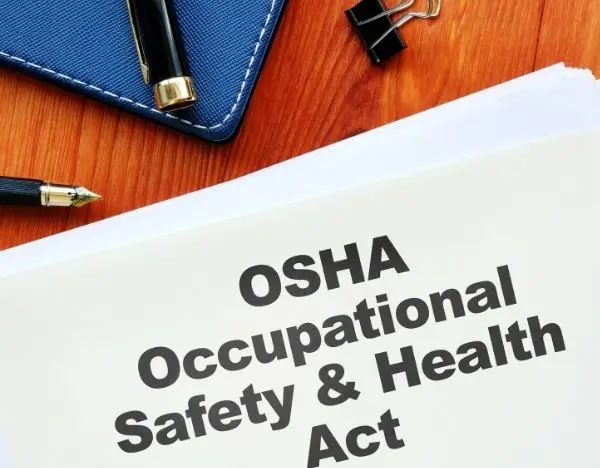The Occupational Safety and Health Act of 1970 created the Occupational Safety and Health Administration (OSHA), a powerful agency within the Department of Labor charged with ensuring safe and healthful working conditions for American workers. OSHA sets and enforces standards for workplace safety and provides training, outreach, education and expertise to employers and other groups.
OSHA has broad jurisdiction over private sector workplaces, federal agencies, maritime employers such as shipyards, military facilities and other workplaces nationwide. Recently released agency data on the most common types of safety infractions in 2010 provide a snapshot of the types of cost-cutting and ignorance that can lead to injuries and fatalities.
The Top Ten OSHA Violations
The 10 most frequently cited violations of OSHA regulations cover a range of hazards that could lead to serious construction injuries and other jobsite accidents:
- Scaffolding: OSHA’s general requirements for scaffolding mandate specific weight requirements, use of counterweights, connections to roofs and floors and other factors to keep workers safe when working high above sidewalks and other surfaces.
- Fall protection: Guardrails, safe walking surfaces, safety nets and harnesses must be employed under certain conditions to prevent injuries from falls.
- Hazard communication: Workers must be informed of chemical hazards via container labeling, material safety data sheets and employee training.
- Respiratory protection: Employers must provide appropriate respirators and prevent atmospheric contamination to guard against occupational diseases caused by harmful dust, gases, smoke and vapors.
- Ladders: Portable and fixed ladders must meet strict guidelines regarding weight-bearing capacity, space between rungs and surface materials.
- Lockout/tagout: Machines and equipment that require servicing and maintenance must be guarded by procedures and tags that prevent accidental startup.
- Electrical wiring methods: All wiring conduits must be grounded or bonded to ensure electrical continuity and prevent severe shock or electrocution.
- Industrial trucks: Forklifts, tractors, platform lifts, motorized hand trucks and other specialized equipment must meet design requirements for fire protection, design and maintenance.
- General electrical requirements: Electric equipment must be free of recognized hazards based on strength and durability, connection space, electrical insulation, heating and arcing effects and other factors.
- Machine guarding: Operators and other employees in the area must be protected using appropriate barriers and electronic safety devices to avoid nip points, rotating parts, flying chips and sparks.
These violations put workers at risk. When workers on construction, renovation, demolition and excavation projects are injured due to OSHA violations, they may be entitled to sue the responsible parties for money damages for their pain and suffering, medical expenses and lost earnings. Mitchell Sassower, Esq., and Carl Lustig, Esq., partners in the law firm of Arye, Lustig & Sassower, P.C., have represented many injured workers in such lawsuits. They remind workers to consult with an experienced personal injury attorney with experience in such work place injuries to see if they may be entitled to money damages.



